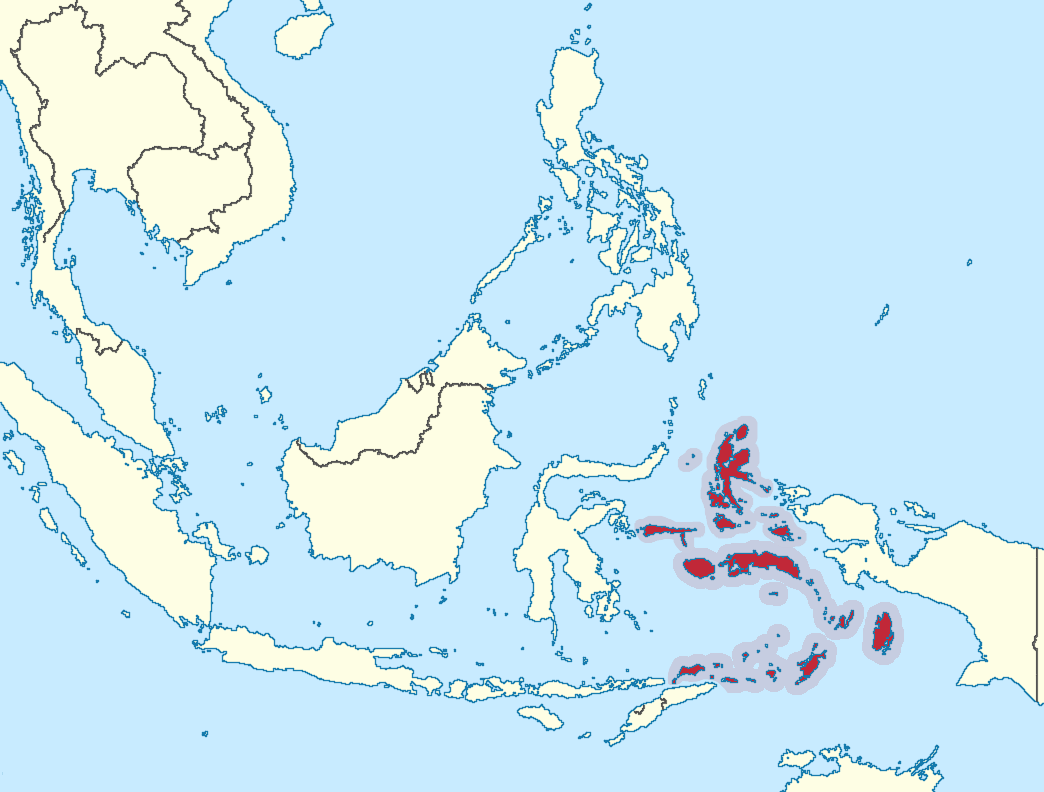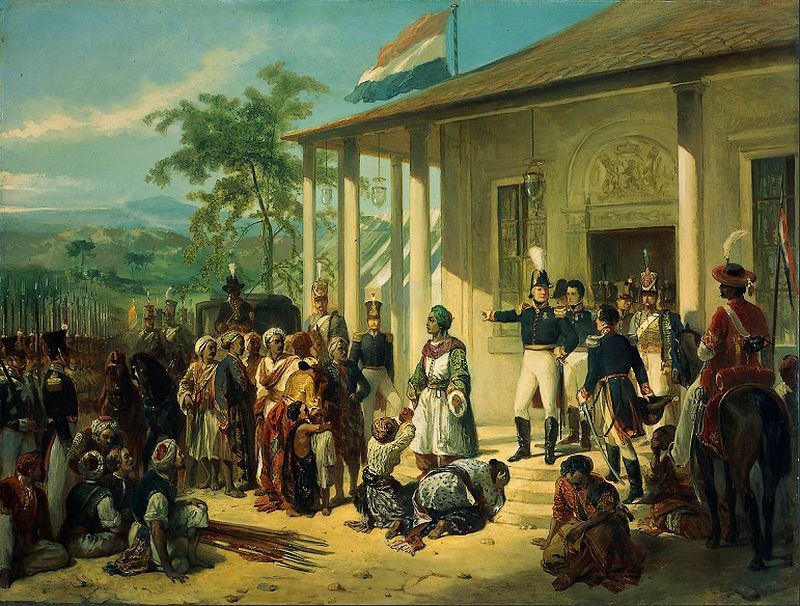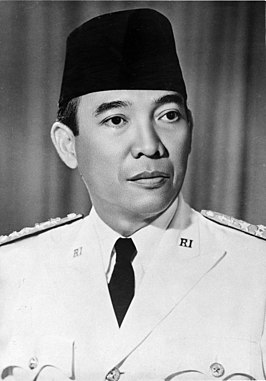Nederlands-Indie
 •
by
•
by Willem Drees
Dear crew members,
After a long journey we finally arrived at our final destination of our journey.
the indonesia archipelago or what it is now called indonesia.

This area has been in the hands of the Netherlands for a long time, but how did the Dutch come here and how was the influence of the Dutch in this area. And what was the relationship between the indigenous population and the Dutch in different times?
We will try to answer these questions.
We will begin in the period where the first Dutch ships went to this island group in 1594 under the guidance of Cornelis de Houtman.

This created the first trade between the Netherlands and the various islands of Indonesia.
but what did indonesia look like at this time was it one country or were there different countries present here?
There was indeed an enormous diversity with different kingdoms where there were also different beliefs.
But how did this come about? To get a good idea of this, look at a map from 1800.

Indonesia is so big that when we compere it with europe it starts in the west of Ireland and ends in on the east bank of the black sea.
It is therefore not strange that this area had different beliefs and kingdoms.
After 1602 the Netherlands saw the possibilities of this area where huge amounts of spices could be obtained and therefore set up the VOC.
And then immediately start chasing the portuguese of this island group and starting trading posts.
Many local kings did not mind this as long as they could trade freely. However, this changed when the VOC showed its true nature and demanded a monopoly in the region.
If the locals did not agree, the voc did not shy away from using enormous amounts of violence. The banda islands are a good example of this.

The banda islands are a group of islands in the moluccan island group where the nutmeg tree grew. Nutmeg was a hugely popular product in Europe in 1600 and the voc wanted to be in control of this trade.
When the bandanese did not agree that the Dutch were going to determine both the price and the quantity and demanded that they were allowed to build a fort, the bandanese revolted. This was then crushed with immense brutal violence, killing the entire population of the island.
In 1697 there for almost all Monarchs worked for the VOC and accepted there daments.
But this did not stop with every monarch the VOC had problems with, or if it was no longer deemed necessary, the war was declared and its territories taken over. As a result, it was true that the VOC was no longer in a good financial position from 1697. This had to do with two things. One the VOC continues to conquer territories and defeat insurgents with brutal military violence, which was a huge source of costs and also had to do with the fall in the price of the spice trade. Because spice was caught up in popularity by sugar coffee and tobacco.
This is why the VOC eventually went down in 1798.
Was this the end for the Netherlands in this region? Absolutely not!
All the overseas territories that the VOC had became the property of the new French-inspired Batavian republic.

This area remained in hands until 1811 where the English took over this area from now French hands (the Batavian republic had merged with France under Napoleon)
This suddenly gave the local population much more rights and opportunities that they had among the Dutch, so the English were welcomed as true liberators. The local population also went along to fight with the English but also the annoyances of many local leaders came to the fore more.
In 1814 it was decided that the now new kingdom of the netherlands would regain all its territories in indonesia.
With which the Dutch East Indies was born.
The time therefore begins to no longer cooperate with the local princes but to nationalize the entire area.
The reason for this was that the population had enouch with Western interference and the population who had much more rights under the English than the Dutch way of government revolted.

In addition to this to make the Dutch Indies profitable for the kingdom, a new system was introduced into the Dutch indies the cultural system.
Where the local population is obliged to use 20% of their land for growing sugar, coffee, tea or tobacco.
This changed in 1870 with the agricultural law. Where Dutch companies started setting up this themselves, the reason is that the suez channel was opened.
This situation remained the same until 1942 until the Japanese attacked the Dutch Indies and did conquert it.
[img]https://www.rd.nl/image/contentid/policy:1.1380439:1488822681/2017-03-06-BIN2-4-ACrijnssen-3-FC-V-web.jpg?f=16x9&$p$f=abbe9b5[/img]
(Warship Hr.Ms. Abraham Crijnssen)
So that everyone with a European background was locked up in so-called Japanese camps.
Because of this, it was true that the local Indonesian population suddenly had all the freedom that they did not have in the country before. An important person who uses this was Soekarno.

After the Second World War, Sukarno proclaimed the independence of Indonesia. And was supported in this by the vast majority of the indonesian population, making it an extremely dangerous exhibit situation in the country.
Because the Netherlands did not want to lose the Dutch Indie without a struggle, it turned into a war in the Netherlands called the politionele actie.
This war would last until 1949 and would be under pressure from the cancellation of the marshall plan for the Netherlands if they continued the war. For this reason, the Netherlands ended this war and granted Indonesia its independence.
And with this we leave Indonesia behind us and we will sail to the horizon to end our journey.

Your captian,
Koning der Zeeuwe


Comments
Nice. Thanks for the tour o/
Best history articles! Waiting for season two!
Now I wish Netherlands had more colonies in the past, so we could continue this journey forever...
Thank you so much for this spectacular history tour!